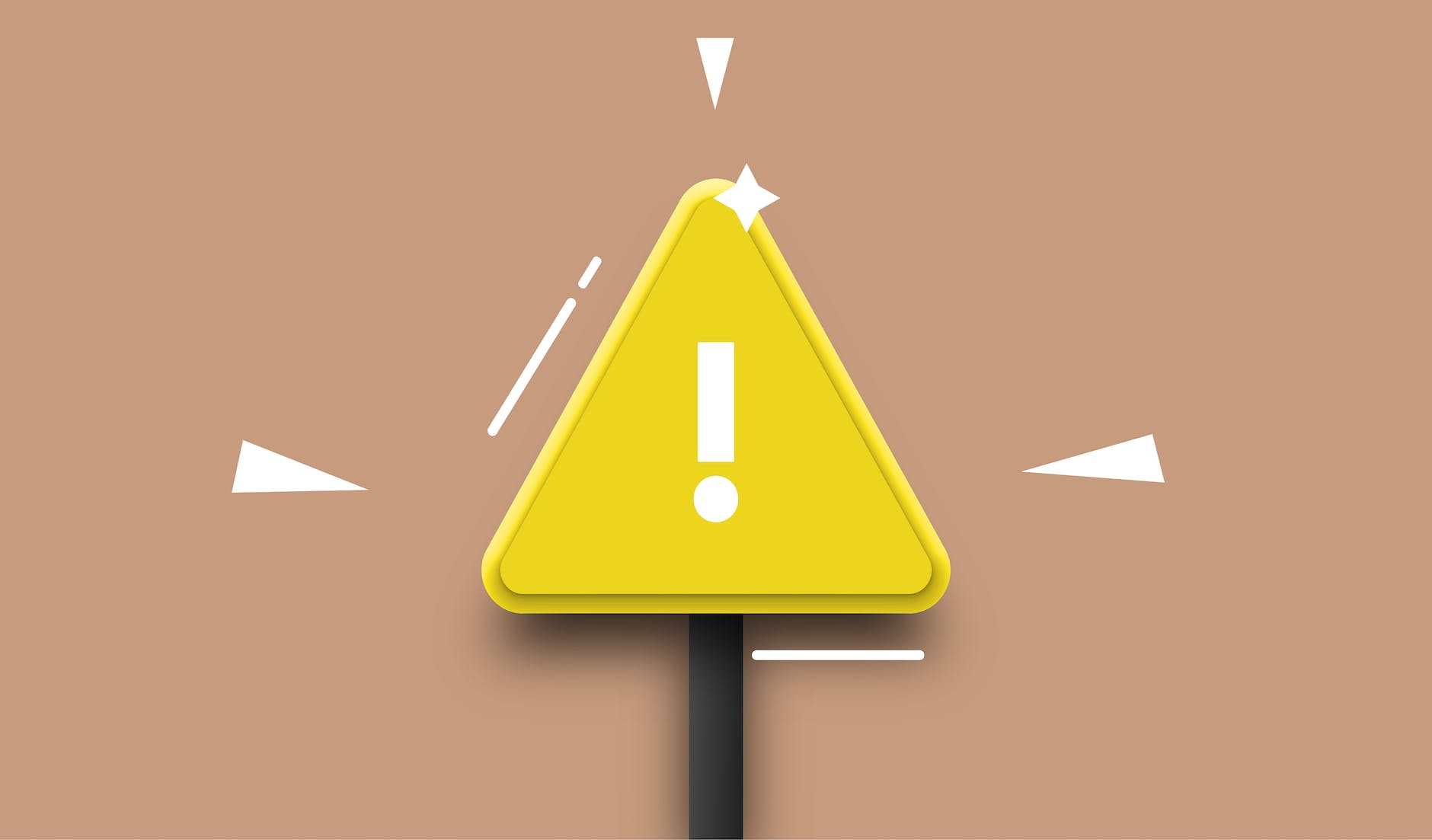
Hazard Signs: Understanding, Significance, and Future Trends
Introduction to Hazard Signs
Hazard signs are ubiquitous symbols conveying crucial information about potential dangers in various environments. From workplaces to public spaces, these signs serve as essential visual warnings, aiming to prevent accidents and ensure safety.
A hazard sign typically consists of a symbol or text that warns about potential danger, like a warning triangle with an exclamation mark for general caution or a skull and crossbones for indicating toxic substances.History of Hazard Signs
The evolution of hazard signs dates back centuries, evolving from rudimentary warnings to globally recognized symbols. The standardization of these signs played a pivotal role in their universal acceptance, enhancing safety protocols worldwide.
Understanding Hazard Sign Meanings
Hazard signs encompass various categories, each symbolizing specific risks. Understanding these classifications and their corresponding symbols is fundamental for effective communication of potential dangers.
Classification and Categories
Hazard signs typically fall into categories like chemical hazards, electrical dangers, biological risks, etc. Each category has its unique set of symbols denoting particular threats.
Symbols and their Interpretations
Symbols on hazard signs convey vital information instantly. For instance, a skull symbolizes a potentially lethal danger, while an exclamation mark denotes caution or warning.
Hazard Sign Applications
The significance of hazard signs extends across multiple domains, primarily ensuring workplace safety in industrial settings, compliance with regulations, and safeguarding public and environmental well-being.
Creating Effective Hazard Signs
Design principles play a pivotal role in crafting impactful hazard signs. Combining clarity, visibility, and universal understanding is crucial in their design and implementation.
Hazard Signs in Daily Life
Beyond workplaces, hazard signs are omnipresent. From roadways to public facilities, these signs serve as constant reminders, emphasizing the importance of caution and awareness.
The Role of Hazard Signs in Emergency Preparedness
During crises or disasters, hazard signs become critical in guiding individuals and responders. Their presence and understanding can significantly aid in emergency management.
Global Standardization and Adaptation
While standardization has improved hazard sign recognition globally, challenges persist in adapting these signs across diverse cultures and regions.
Technological Advances in Hazard Signage
Innovations like augmented reality, smart sensors, and digital integration enhance hazard sign visibility and accessibility, revolutionizing safety measures.
The Future of Hazard Signage
Advancements in design, materials, and technology promise further improvements in hazard signs, ensuring better comprehension and safety for everyone.
Conclusion
Hazard signs stand as silent yet powerful guardians of safety in our daily lives. Their evolution, standardization, and technological integration continue to shape a safer future for all.
FAQs About Hazard Signs:
- Why are hazard signs important? Hazard signs alert individuals to potential dangers, reducing accidents and promoting safety.
- What are the different categories of hazard signs? Categories include chemical hazards, electrical dangers, biological risks, etc.
- How do hazard signs aid emergency preparedness? They guide individuals and responders during crises, improving safety measures.
- Are hazard signs universally understood? Efforts in standardization have significantly improved global recognition.
- What role do technological advances play in hazard sign evolution? Innovations enhance visibility and accessibility, promising a safer future.
























